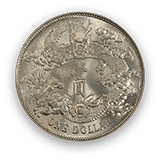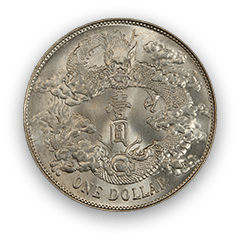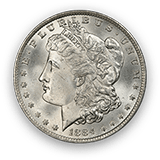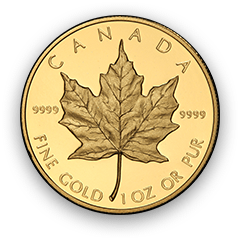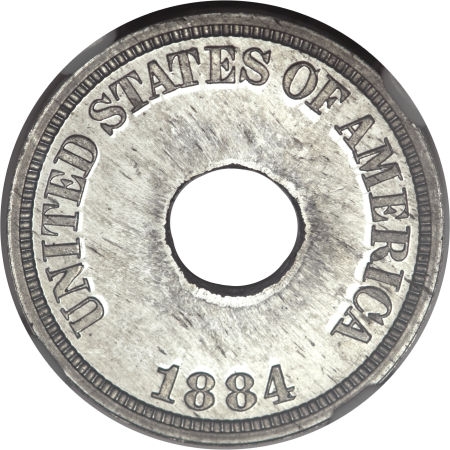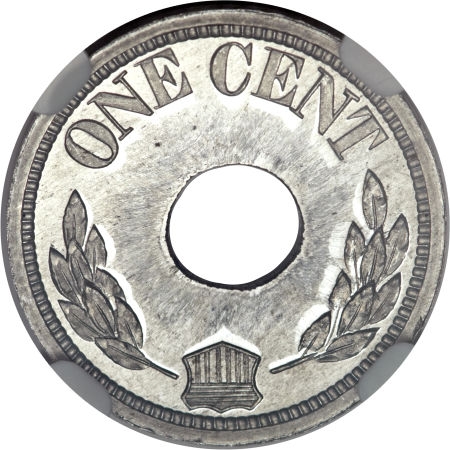1884 1C J-1722 PR65+ 认证号24400909, PCGS号62151
拥有者评论
专家评论
Ron Guth
Judd 1722 is a proposed pattern for a One Cent piece; in this case, in Aluminum. At 18mm, it is slightly smaller than the regular-issue 1884 Indian Head Cent (19mm). It is unclear what the intended metal was to be, as this type is found in Nickel, Aluminum, and White Metal. The planchets for the Nickel and Aluminum pieces were perforated before striking (we know this because the size and placement of the perforations vary from coin to coin).
An estimated dozen Judd 1722's were madel; we know of at least eight demonstrably different examples.
The following narrative is republished, with permission, from the Bowers and Merena catalog of the Harry W. Bass, Jr. Collection (5/1999, lot 1020):
This pattern was proposed and designed by American painter Eastman Johnson, who prepared the designs as early as 1879. Johnson was born in Lowell, Maine, in 1824 and died in New York City, 82 years later. The description given above, Eastman Johnson's "holey" design, is taken directly from the New York Coin & Stamp Co. catalogue of the Lorin G. Parmelee Collection,June 1890, Lot 253. In that sale, a two-piece lot including one-cent and five-cent examples of this design, realized $1.25!"
"The pattern cents dated 1884 and 1885 are the third to last and next to last collectible years of such issues, with the swan song occurring in 1896 following a leap of 11 years with no issues. Eastman Johnson seems to have suggested these issues at a significantly earlier date, as sketches were available by the late 1870s. Rogers M. Fred, Jr., a consummate student of the pattern series, reported that Johnson's most famous painting was titled Negro Life in the South, more familiarly known as Old Kentucky Home, no doubt after Stephen Foster's earlier song of the same name."
状况普查 了解更多
| #1 PCGS PR66 |
| #2 PCGS PR65 |
| #2 PCGS PR65 |
| #2 PCGS PR65 |
| #2 PCGS PR65 |
